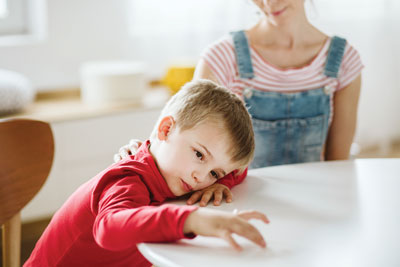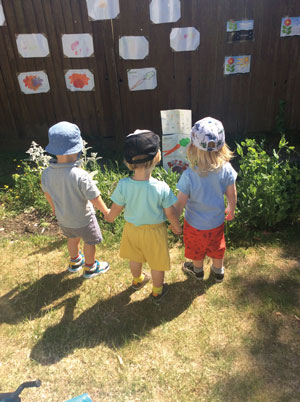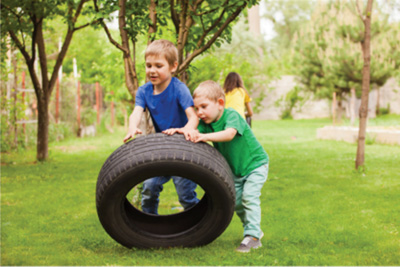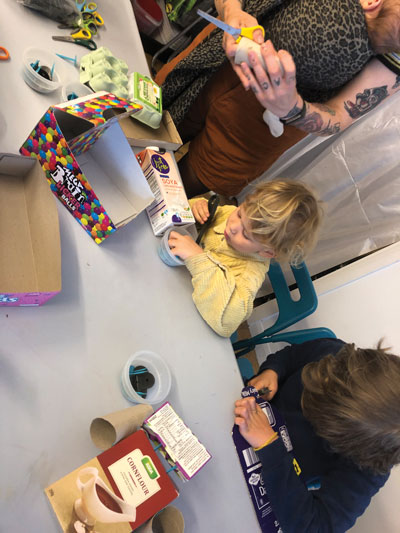
by Gordon Dowall-Potter
MANtenatal
Why support matters more than ever
For many men, becoming a father is one of life’s biggest milestones, and one of its biggest unknowns. While conversations around motherhood are supported by books, classes, apps and appointments, fatherhood is often treated like something that will “come naturally” once the baby arrives.
But here’s the thing: it doesn’t always come naturally. And when men don’t feel prepared, confident or supported, the impact can ripple through their relationship, affect mental health, and family life.
Men want to be involved, but are often left guessing
The idea of dads standing awkwardly in the background while mum does everything is outdated and most modern fathers want to be hands-on from the start. They attend scans, they take paternity leave (when they can), and they’re often just as excited, and nervous, about what lies ahead.
But despite the willingness, many men describe feeling unsure, sidelined or invisible during pregnancy and the early days of parenting. Antenatal services tend to focus on maternal needs (as they should), but that leaves a lot of dads guessing about what their role is and how to prepare.
Antenatal education aimed at men can make a huge difference. It offers emotional insight, relationship tools and practical parenting skills, delivered in a way that speaks to dads directly and honestly.
This is exactly why I set up men’s antenatal classes, to educate, guide and support all dads, no matter their background, relationship status or starting point. Too often, men are expected to simply “know what to do” without ever being shown how. These classes offer a space where dads can ask questions, build confidence, and prepare emotionally, without judgement or jargon.
It’s all part of my personal mission: No Dad Left Behind. Because when we give dads the tools and the time to prepare, they show up for their partner, their baby and themselves. It’s not about being perfect. It’s about being present. #BestDadYouCanBe
Mental health: A quiet concern for new dads
Research shows that around 1 in 10 fathers experience postnatal depression, although professionals suggest the real figure may be much higher. Unlike mums, who are routinely screened and encouraged to open up, many men still feel they need to push through alone and in silence.
Some don’t recognise the symptoms, brushing off low mood, irritability or withdrawal as tiredness or stress. Others worry that admitting they’re struggling could be seen as weakness. This silence can lead to emotional distance, tension at home and longer-term mental health issues if not addressed early.
Open, honest support and early intervention is the key – and that starts with normalising the idea that fatherhood can be just as overwhelming for men as it is for women.
The benefits of being prepared
When dads are supported in their transition to fatherhood, everyone wins.
Children benefit from stronger bonds with both parents. Partners feel more supported and less alone. And dads themselves feel more confident, connected and capable. Even knowing how to be helpful – in the birthing room, what to say, how to advocate, what not to take personally, can make a huge difference to how included and empowered a father feels.
Being a dad today is about more than providing. It’s about showing up emotionally, being present and being part of a team. But none of that happens by accident, it takes preparation, and it takes space for men to learn and grow without judgement.
Where we go from here
If you’re a mum-to-be reading this, one of the most powerful things you can do is involve your partner in the preparation process. Whether it’s recommending a class, sharing resources or even gifting him a course designed for dads, it sends a clear message: we’re in this together. It can help him feel included, informed and more confident about what’s to come.
And if you’re a dad reading this, well, you’ve already taken an important step. Just by engaging with this conversation, you’re showing up. You’re seeking support, wanting to understand more and laying the groundwork for being the kind of parent you want to be.
The truth is, fatherhood isn’t something you’re expected to just “know” how to do. Like anything else, it takes learning, patience and support. That support is out there and we’re here to help you find it.
Parenting is a shared experience. When both parents feel informed and supported, families are stronger, relationships are healthier and children thrive.
No dad should have to navigate this alone and with the right support, no dad has to.
Gordon Dowall-Potter is the founder of the multi award-winning MANtenatal programme – the UK’s leading antenatal education platform designed specifically for dads-to-be. Gordon works alongside NHS services and perinatal professionals to improve education, awareness and emotional support for men as they prepare for fatherhood. Learn more at www.mantenatal.com




















